Will 2017 really be the 'year of video'?
Year after year marketers are presented with the same rallying cry: this is the year of video. However, it's become crystal clear that 2017 may very well represent the turning point for video marketing as we know it. The rise of video isn't exactly a secret among the many trends of content marketing. Video has been traditionally associated with a high barrier to entry, questionable ROI and a somewhat heavy investment in terms of time and resources.
The good news for marketers? Times have changed.
The bad news? Those who don't hop on the video bandwagon sooner rather than later may very well get left behind.
Why Marketers Must Get On Board with Video
The numbers don't lie: video is on course to dominate the web in terms of reach and traffic. According to a report by Cisco released last year, video is projected to account for over 80% of all online traffic by 2020 and consumption will continue to grow from there.
Conventional wisdom tells us that consumers are spending a bulk of their time online via social, but consider how much time is actually spent consuming video. For example, visual social platforms such as Snapchat are exploding in popularity with over 10 billion views on stories per day.
Perhaps the most telling tale of video's reach is YouTube, whose user-base of over one billion are spending millions of hours digesting content on a daily basis.
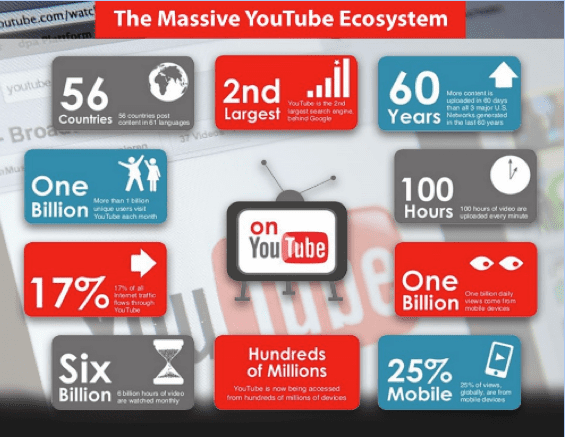
But what does all of this consumption mean for marketers?
Thankfully, we've gone beyond the infant stages of video and now understand that visual content provides one of the most robust ROIs in all of marketing, blowing traditional written content out of the water.
Beyond the 73% of B2B marketers noting a positive ROI according to HubSpot, the presence of videos in marketing messages correlates with higher click-through and conversion rates. Likewise, consider how video is instrumental in influencing buying decisions:
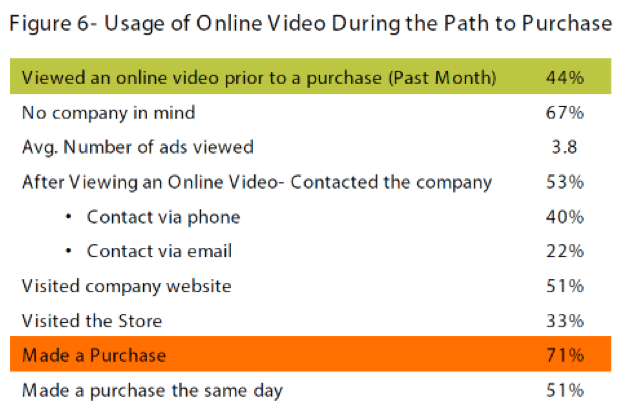
In terms of SEO, video is king when it comes to engaging traffic, as landing pages featuring videos have a lower bounce rate than those without. Considering that video is shared 1,200% more than images and text combined via social, the dream of viral content seems more like a reality when video is involved.
Finally, the aforementioned Hubspot study notes that 87% of marketers are already leveraging video in some way, shape or form. If you are part of the 13% that's not, it seems that now's the time to sink or swim as your competitors are more than likely already on board with video.
Overcoming the Traditional Challenges of Video Marketing
The looming takeover of video has been heralded year after year: so what took so long? Perhaps the writing has been on the wall since YouTube overtook Facebook in mobile traffic all the way back in 2014:
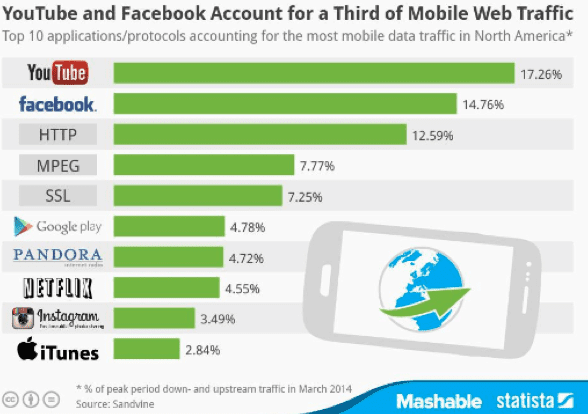
During the early days of video when YouTube served as the go-to platform, the space seemed to only serve expert producers or seemingly irreverent viral videos which meant very little to marketers. With the emergence of new platforms such as Facebook's video hosting and apps like Instagram, coupled with an endless slew of digital tools, times have certainly changed.
Thanks to modern smart phones, the barrier to entry has never been lower. Meanwhile, video is quickly becoming an expectation of today's traffic rather than an exception to the rule. It's crucial that modern marketers begin to think of video as integral to their current content strategies rather than an entirely different beast.
How Marketers Can Effectively Leverage Video Marketing in 2017
Whether you've gotten in on the ground floor of video marketing or just want to get your feet wet, there is no one-size-fits-all strategy. The scope of options for businesses, both big and small, is rather staggering. From education to entertainment, marketers are finding ways to spin gold from video thanks to creative strategies and accessible marketing platforms.
Education Through Webinars and Courses
Showing off your expertise and educating prospects are the bread and butter of the savvy 60% of marketers taking advantage of webinars. Writing about the importance of webinars as part of marketing, Jarek Wasielewski from webinar platform ClickMeeting says that videos and online streaming now account for around 75% of internet traffic.
“Recorded webinars can be edited and broken down into smaller segments. You can use these clips as short educational or training videos that can boost your marketing efforts. These short video clips can be uploaded to video sharing sites or be featured in your blog posts. Video marketing is an essential part of modern day online marketing.”

But bear in mind that the e-learning market definitely has room to grow. Representing a multi-billion dollar industry, digital courses require some serious legwork but can also result in big returns by generating leads and buzz alike. Course platforms such as Udemy and Kajabi are attracting more and more creators to their respective platforms, despite critique that the market is over-saturated.
Kajabi, for instance, offers an all-in-one solution which allow for easy integration with email, ensuring creators multiple avenues to engage their audience. Not only do videos represent a great way to position yourself as a big player in your space, but also represent an opportunity to attract new leads to your service.
“It has never been easier or simpler to gain access to knowledge at little or no charge. However, individuals and businesses regularly understand how to harness the brain power at their disposal. If you think about it, over half of the value of the economy in the U.S. is in social and knowledge-based products. This means that knowledge can be a commodity – you just need to know how,” said Kenny Rueter, the CEO of Kajabi.
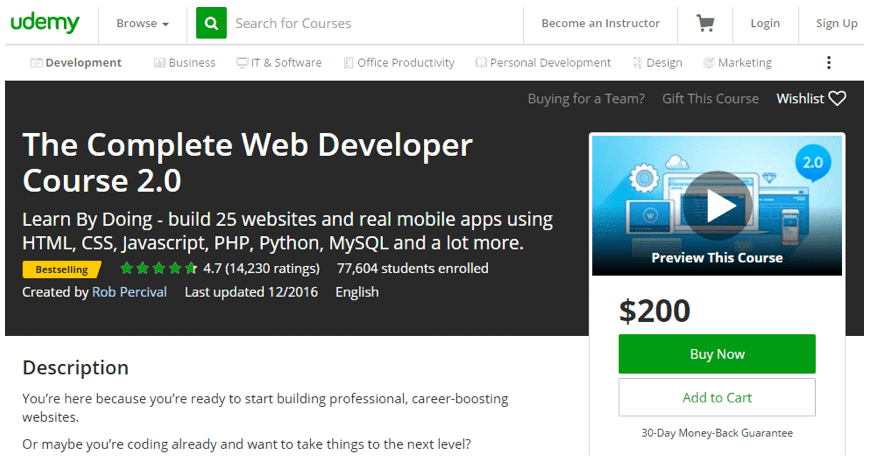
Re-purposed Blog Content
As noted earlier, marketers need to stop thinking about video as a separate entity and strive to integrate it into their existing content strategies.
For example, any given blog post has the potential to a video and vice-versa. This represents a win-win situation as marketers saturate multiple channels (think: the blogosphere and YouTube) whilst also potentially reaping the SEO benefits of both on-site and off..
This is exactly what Moz does with their Whiteboard Friday series. This educational series covers the in's and out's of SEO, but obviously touches on some big keywords via their titles (for example: “How to Choose a Good SEO Company for Your Business or Website).
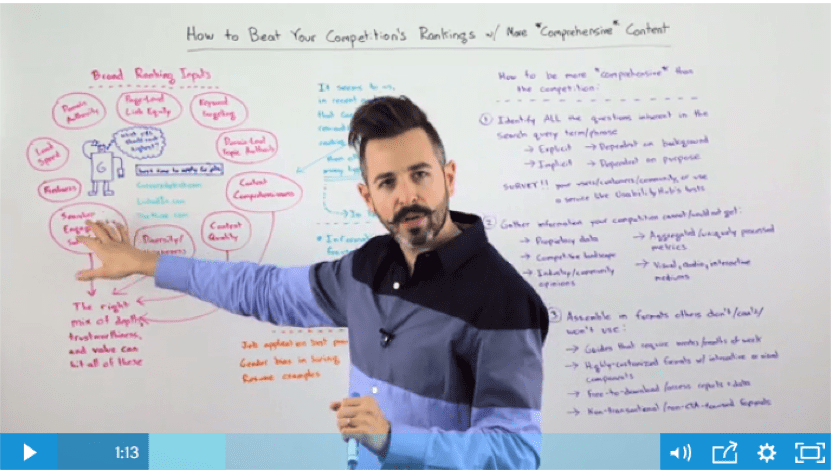
The video is then coupled with a written transcript which gives the content even more reach and search potential.
Remember: at the end of the day, video content is still content.
Impromptu Interviews and Live Video
The emergence of Facebook Live (coupled with the fact that Facebook themselves are so intent on pushing it) and Google Hangouts is concrete proof of the noted lower barrier entry to modern video marketing.

While some marketers may pride themselves on the idea of embracing “high quality,” keep in mind that these platforms promote simple, stripped down videos that make you seem more human to your audience. Authenticity matters to your prospects: not everything necessarily needs to come off as a cold, calculated production.
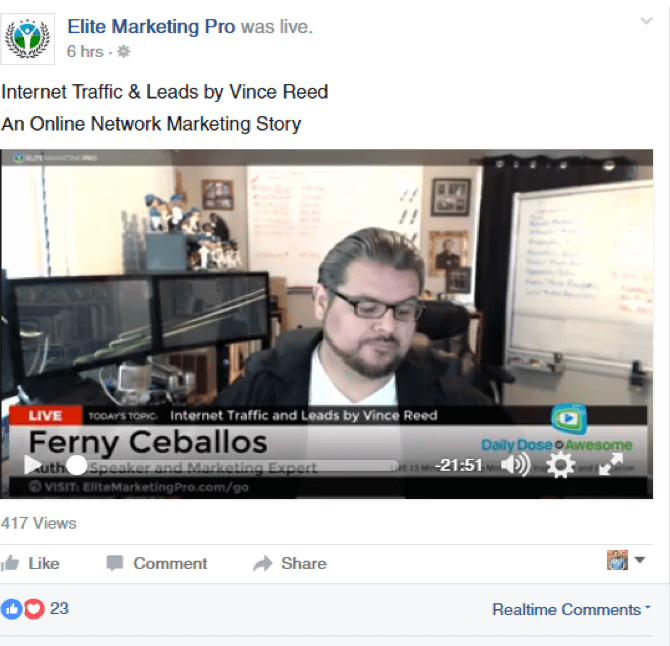
Finally, some food for thought: viewers typically spend three times longer watching a live video versus something pre-recorded. In short, live videos and impromptu presentations require little to no preparation and likewise have tremendous sharing potential.
Why Video Needs to be Front and Center
There's absolutely no doubt that video marketing is here to stay; meanwhile, it'd be rather redundant to say that 2017 is truly, once and for all, the definitive year of video marketing. As our prospects continue to shift toward visual content, companies already on the bandwagon will have a much easier time than those who've been sleeping on video. For marketers who've placed video on the backburner, perhaps there's no better time than now to bring it front and center.

Thanks to
Rotem Gal for sharing their advice and opinions in this post. Rotem is Vice President of Marketing at
InBound Junction. You can follow him on
Twitter or connect on
LinkedIn.











 Thanks to
Thanks to 


